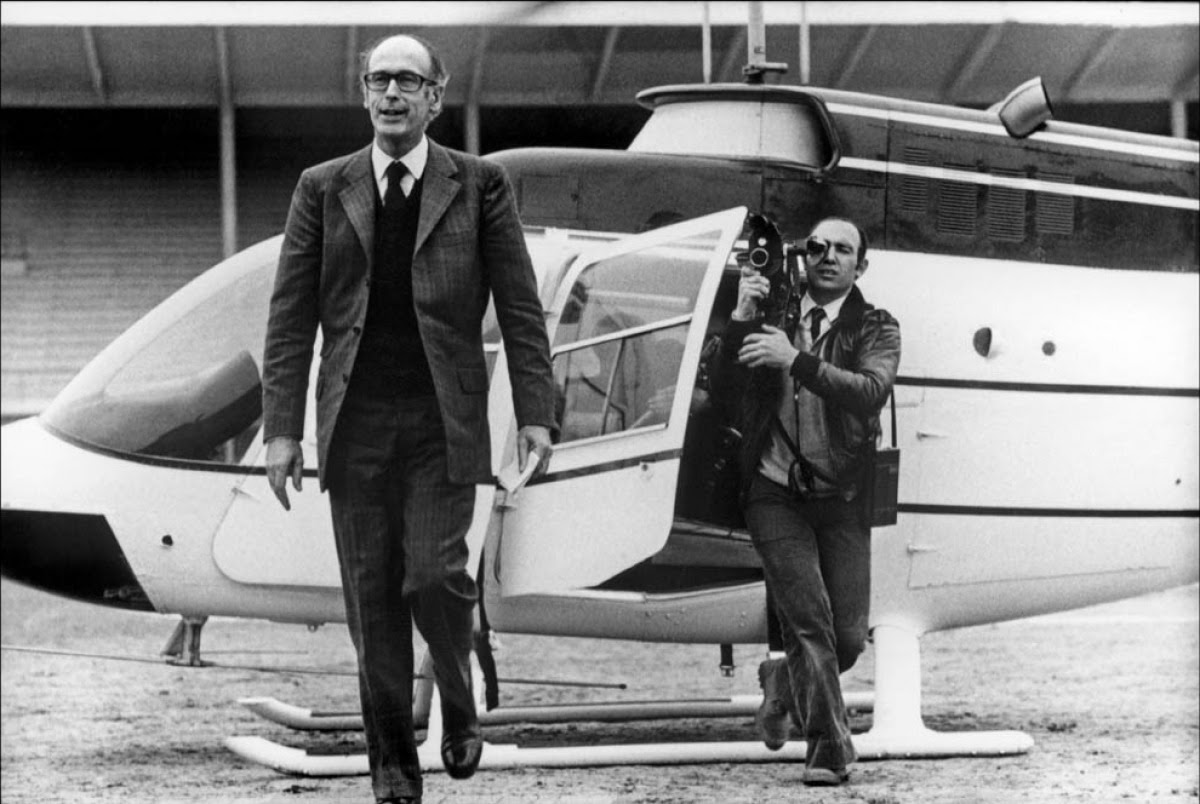CALL FOR PROPOSALS FOR ISSUE 12
ICONOGRAPHY IN THE PUBLIC SPHERE. FICTION MECHANISMS TO REPRESENT POWER
The images to represent power and the public sphere in the media are frequently articulated through visual motifs from cinema, painting and other iconographic legacies. According to our hypothesis, there is an organized and systematized combination of motifs that represents day-to-day situations in public life, like presidential inaugurations, business bankruptcies or the occupation of a public square. Those have historically shaped one of the most important lines of work and theoretical reflection in documentary representation (Drew, Depardon, Comolli, Portabella, Watkins, Farocki, Morris, etc.) and now achieve very diverse representations in a wide range of broadcasting media. For instance, a visual motif like a Pietà is not only identifiable in artistic representations like cinema or painting, but has also frequently been used in photojournalism as a way to express unfair pain in war conflicts and humanitarian catastrophes.
In this issue, Cinema Comparat/ive Cinema aims to explore the ways through which power is staged, how filmmakers and mass media represent it and how those images are appropriated or reinterpreted by the public, whether it is through memes, gifs, mash-ups or other new formats in social networks. How are those visual motifs produced? How do they travel and how are they reinterpreted within the contemporary public sphere? How do power and other instances within that public sphere represent themselves? Which are the mechanisms of re-appropriation and what is the influence they have on the public sphere?
Those interested can submit a 500-word abstract, a list of 5 bibliographic sources and a 100-word bio to This email address is being protected from spambots. You need JavaScript enabled to view it.

No 9 EZTETYKA
Editorial. Eztetyka
Albert Elduque
DOCUMENTS
Revolution
Jorge Sanjinés
Tricontinental
Glauber Rocha
Godard by Solanas. Solanas by Godard
Jean-Luc Godard and Fernando Solanas
FILMS UNDER DISCUSSION. INTERVIEWS
A combative cinema with the people. Interview with Bolivian filmmaker Jorge Sanjinés
Cristina Alvares Beskow
Conversation with Eryk Rocha: The legacy of the eternal
Carolina Sourdis (in collaboration with Andrés Pedraza)
The necessary amateur. Cinema, education and politics. Interview with Cezar Migliorin
Albert Elduque
ARTICLES
Reading Latin American Third Cinema manifestos today
Moira Fradinger
From imperfect to popular cinema
Maria Alzuguir Gutierrez
The return of the newsreel (2011-2016) in contemporary cinematic representations of the political event
Raquel Schefer
ImagiNation
José Carlos Avellar
REVIEW
TEN BRINK, Joram and OPPENHEIMER, Joshua (eds.) Killer Images. Documentary Film, Memory and the Performance of Violence
Bruno Hachero Hernández
MONTIEL, Alejandro; MORAL, Javier and CANET, Fernando (coord.) Javier Maqua: más que un cineasta. Volumes 1 and 2
Alan Salvadó Romero

